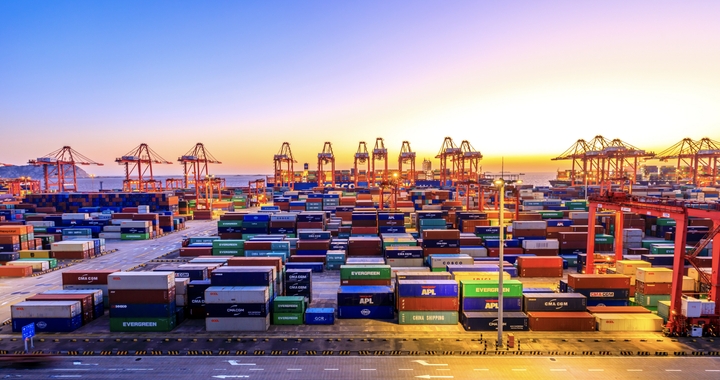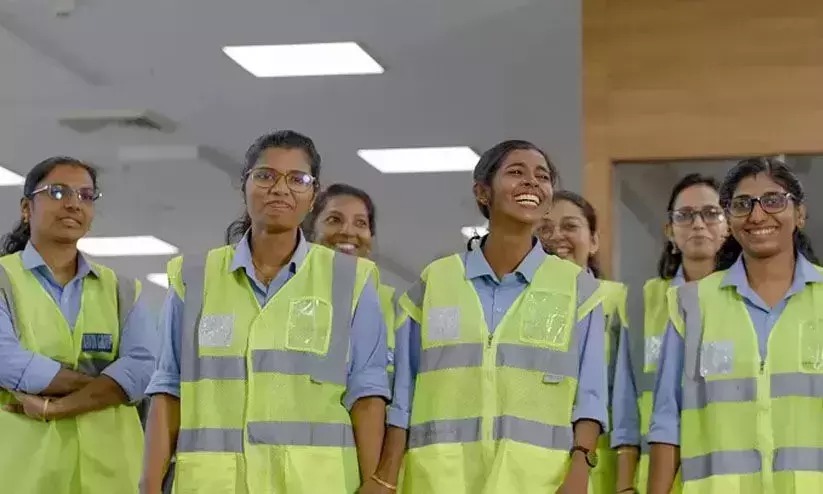India currently handles around 22 million TEUs (twenty-foot equivalent units) through its ports. In contrast, China’s Shanghai Port alone manages 50 million TEUs, while several other Chinese ports exceed 30 million TEUs each. This highlights India’s lag in becoming a global transshipment hub.
Vadhavan and Vizhinjam Set to Change the Game
The Vadhavan Port under construction in Maharashtra is projected to become India’s largest, with a 23 million TEU capacity by 2029. However, the Vizhinjam Port in Kerala is expected to play a more strategic role. Unlike earlier ports that relied on transshipment through Colombo or Singapore, Vizhinjam will directly handle international cargo, reducing delays and costs for exporters and importers, especially from eastern and southern India.
Addressing Long-standing Gaps
India has never had a dedicated transshipment terminal. Previously, ports in Mumbai and Mundra were used, while eastern India lacked a major port altogether. This led to significant delays—up to 2-3 extra weeks—and higher costs due to dependence on foreign ports like Colombo.

Vizhinjam’s National Importance
Although located in Kerala, Vizhinjam is expected to emerge as South India’s leading port, serving businesses across West Bengal, Odisha, Andhra Pradesh, and Tamil Nadu. It is being positioned not just as a container terminal but as a full-scale multi-cargo port, handling dry cargo, liquid cargo, and containers.
Potential to Replicate Singapore’s Success
Cities like Singapore, Hong Kong, and Los Angeles rose as global trade hubs due to their world-class ports. Singapore, in particular, built a smart cargo ecosystem that drove its economic success despite its limited land area. Kerala, too, has similar potential if it strategically develops port-linked businesses like bunkering, logistics, and warehousing.
Massive Job Opportunities for Locals

Adani Ports, which is developing and operating Vizhinjam, expects 70% of the total jobs at the port to go to Malayalis, many from Thiruvananthapuram. Thousands of skilled and semi-skilled workers will be needed, opening opportunities in customs, logistics, hospitality, transport, and services. Local businesses such as hotels, rooms, and taxi services will also benefit.
A Long-Term Vision for Results
India’s largest port today, Mundra in Gujarat, took 25 years to reach its current scale. Vizhinjam too will require patience, at least 10–15 years, to deliver full results. This project reminds us that development takes time. If Kerala had started such efforts 25 years ago, its economic landscape might look very different today. But it’s not too late, the progress made now could benefit future generations.
